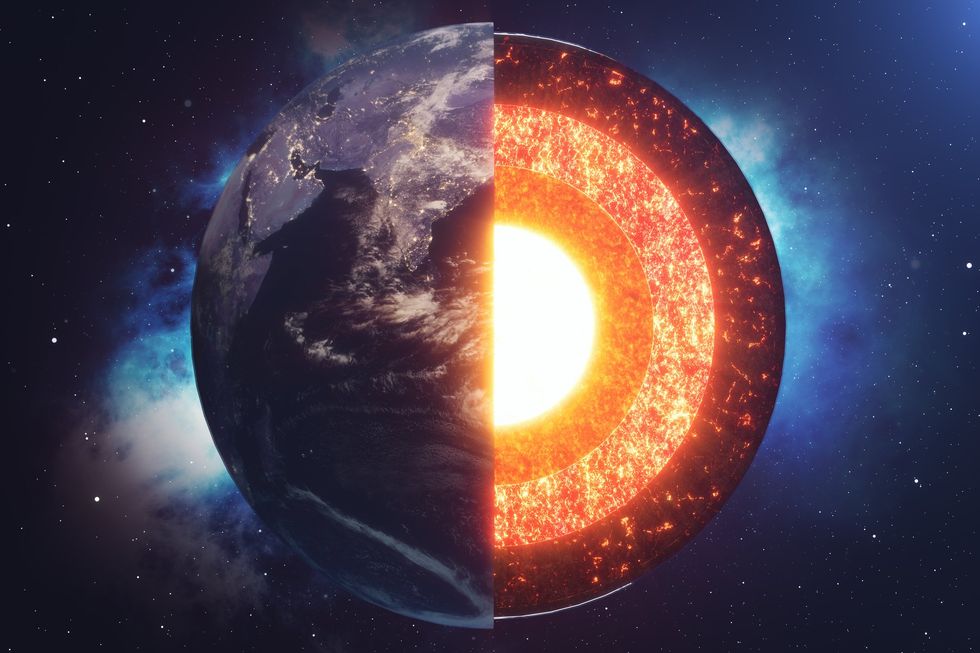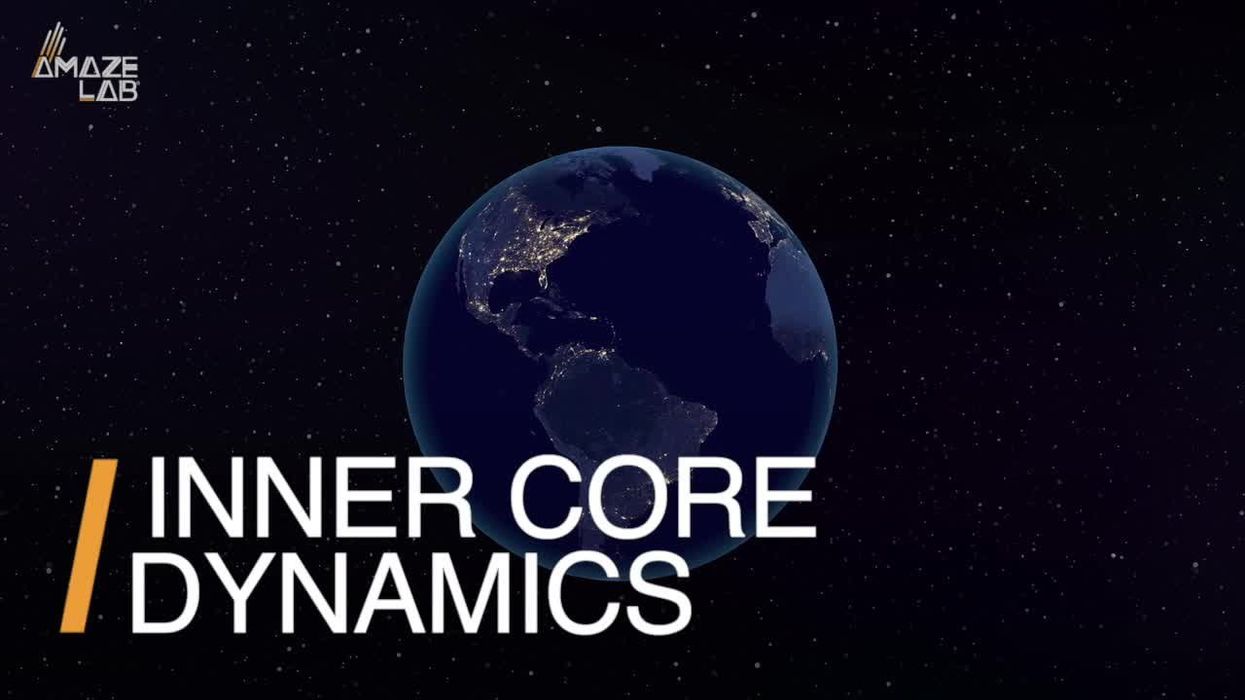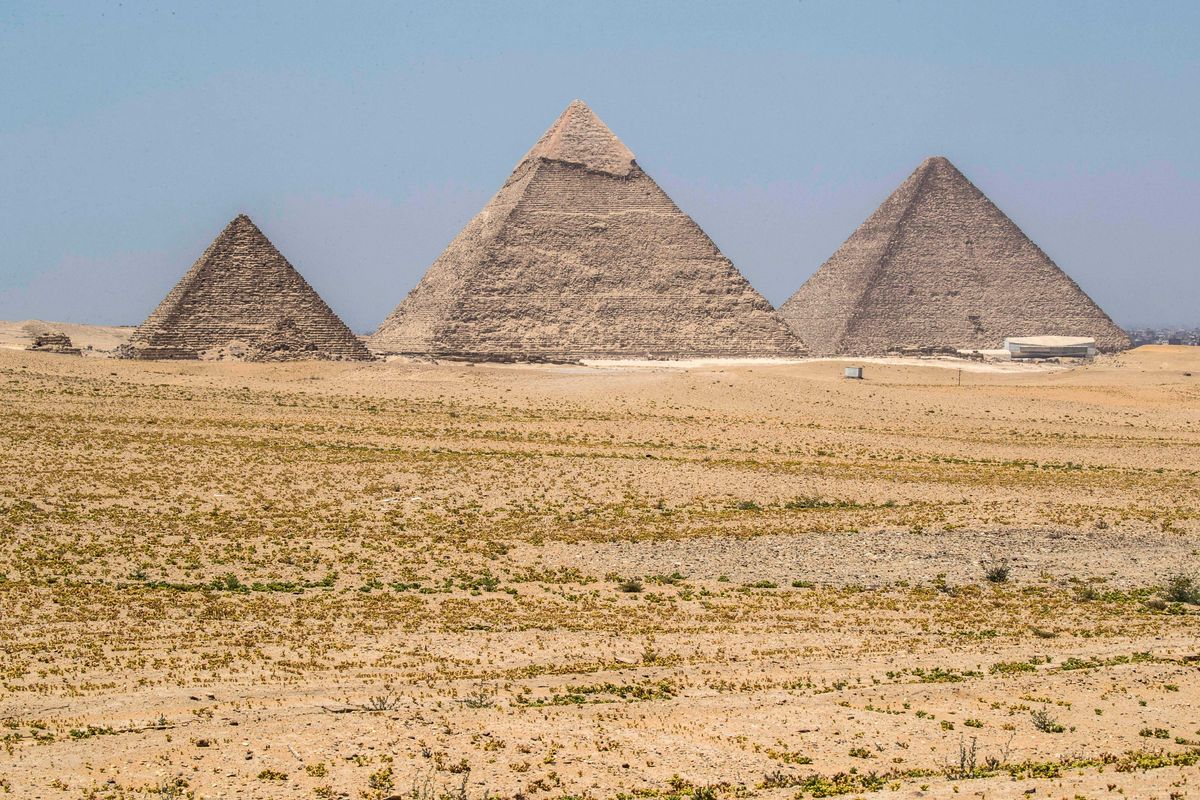Science & Tech
Harry Fletcher
Aug 22, 2025
Could The Earth’s Inner Core Change the Length of Each Day?
ZMG - Amaze Lab / VideoElephant
So much is made of scientific discoveries in outer space, as we try to broaden our horizons and explore the surface of Mars, but in reality, many of us don’t know much about things right below our feet.
The fact is, many of us might not know that the Earth’s crust is disappearing beneath our feet – unless you studied geology, or you happen to be an expert in the field.
Dr Brenhin Keller from the Department of Earth Science at Dartmouth is a world-leading authority, and put together an influential study in 2018 that brought the study of the Earth’s crust to a wider audience (and managed to locate a large chunk of the Earth’s crust which scientists previously thought was missing, which is very cool).
For someone like Dr Brenhin, the idea of chunks of Earth disappearing and reappearing might not be anything new. However, for many of us, it’s pretty mindblowing.

However, that’s not the biggest thing that people often get wrong about how our Earth is structured. In fact, there’s one major misconception about the Earth which he’s keen to settle.
Speaking to Indy100, Dr Brenhin said: “The biggest [misconception] in general is people think that the mantle is made of magma, or the mantle is molten or liquid. Sometimes, you know, often, when you go to a museum, you see a cross section of the Earth’s mantle, which is basically everything between the iron, nickel core and the crust. It's most of the Earth by volume.”
So, what does the core of the Earth actually look like?
“It's often colored red or orange or yellow, like a molten color, and it is very hot. It would be glowing sort of molten orange or red, if you could see a piece of it. But it's very much not liquid. It's a crystalline solid… It's a green, glassy mineral. This is actually made of that and solid. It's a crystalline solid, but it flows.”
Helping to visualise the core, Dr Brenhin added: “It flows at about the rate that your fingernails grow because it's so hot and there's so much pressure, but it's crystal the whole time.
“It's not molten, so it's not just magma under you everywhere on Earth. And there's no liquid outer mantle or anything…. I think that's like the number one misconception that that people have about, like, really broadly the field.”
So, the Earth isn’t liquid at all, and it’s probably more complex than most of us realise.
Speaking to Indy100, Dr Brenhin also explained how the Earth's crust is literally disappearing below our feet – a process known as subduction.
“We discovered how subduction works during the plate tectonic revolution in the 60s,” he said. “First, we had discovered the oceanic crust actually moves. People thought it used to just sit there, but no, it actually moves.
“It's actually spreading apart from a ridge in the center of the ocean. Then, where does it go? It actually just goes under the other crust and falls back down to the mantle. Because as the older it gets, the colder it gets, and therefore the denser it gets. Eventually it gets denser than the mantle and falls back in.”
Why not read…
The Earth’s crust is disappearing beneath our feet – and most people don’t even realise it
Scientists discover 'hidden structure' in Earth's core which could 'rewrite the textbooks'
Our days could get longer thanks to a phenomenon in the Earth's core
Sign up for our free Indy100 weekly newsletter
How to join the indy100's free WhatsApp channel
Have your say in our news democracy. Click the upvote icon at the top of the page to help raise this article through the indy100 ranking
Top 100
The Conversation (0)














